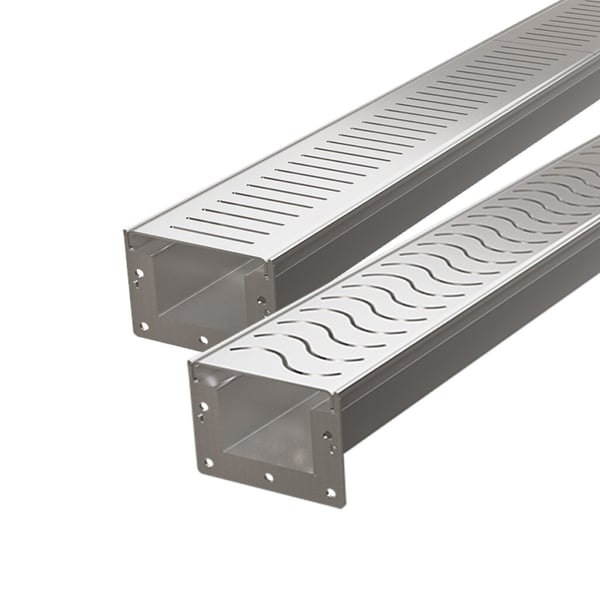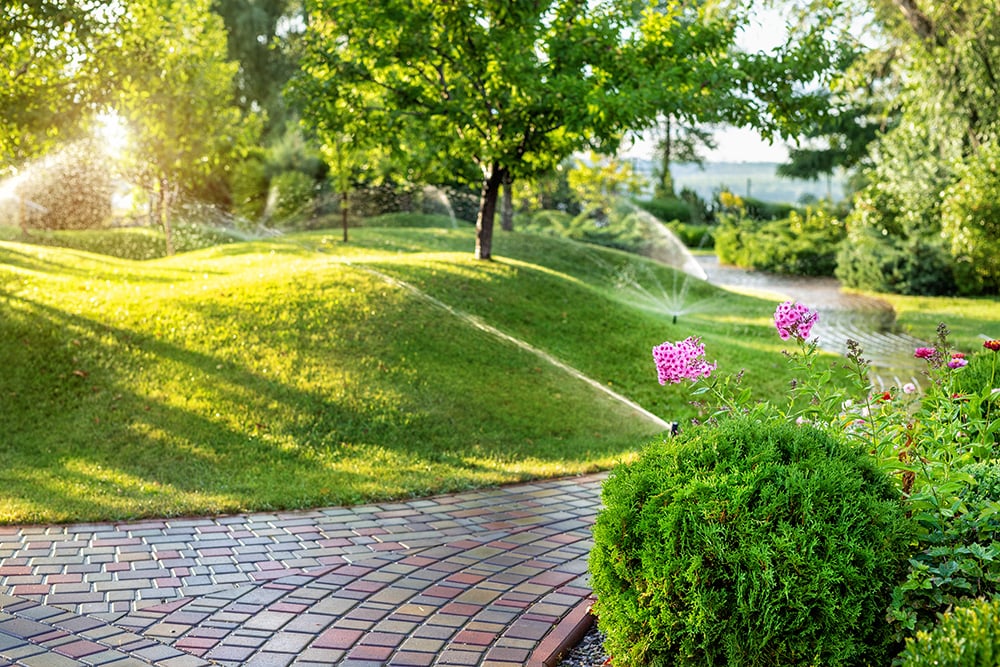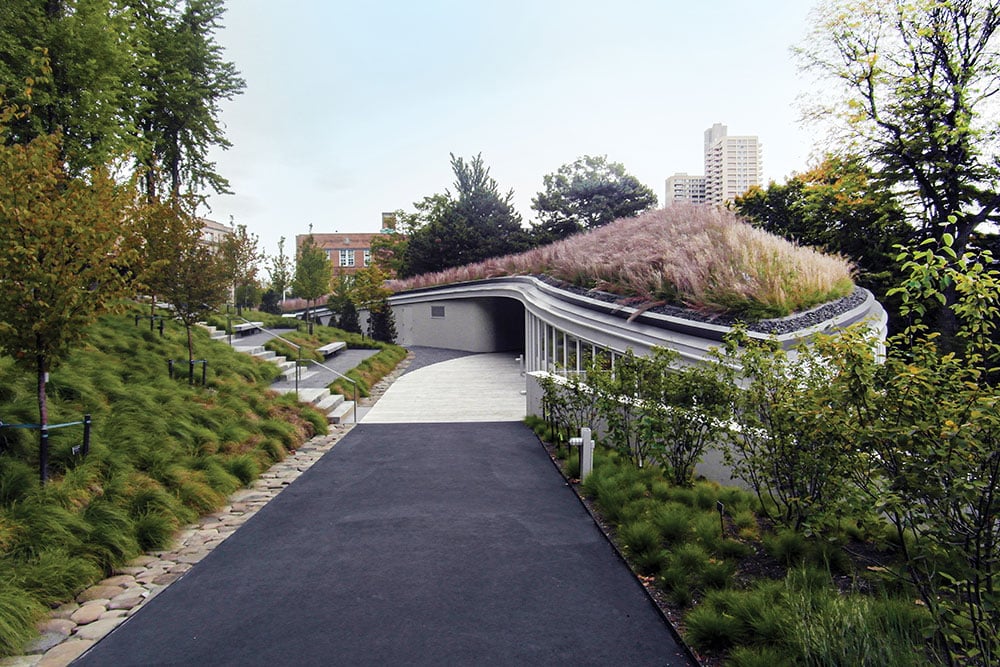Virtually everything needs water to survive. Humans, animals, and nature all require water, but while it is necessary for survival, too much can be harmful and create undesired problems, especially in yards.
For these spaces, the way to deal with excess water is to ensure your yard has an adequate drainage solution, and there are many potential types of yard drains to consider.
Take a look at this article to learn more about the different options and decide what is best for you.
Why a Dry Yard is Important
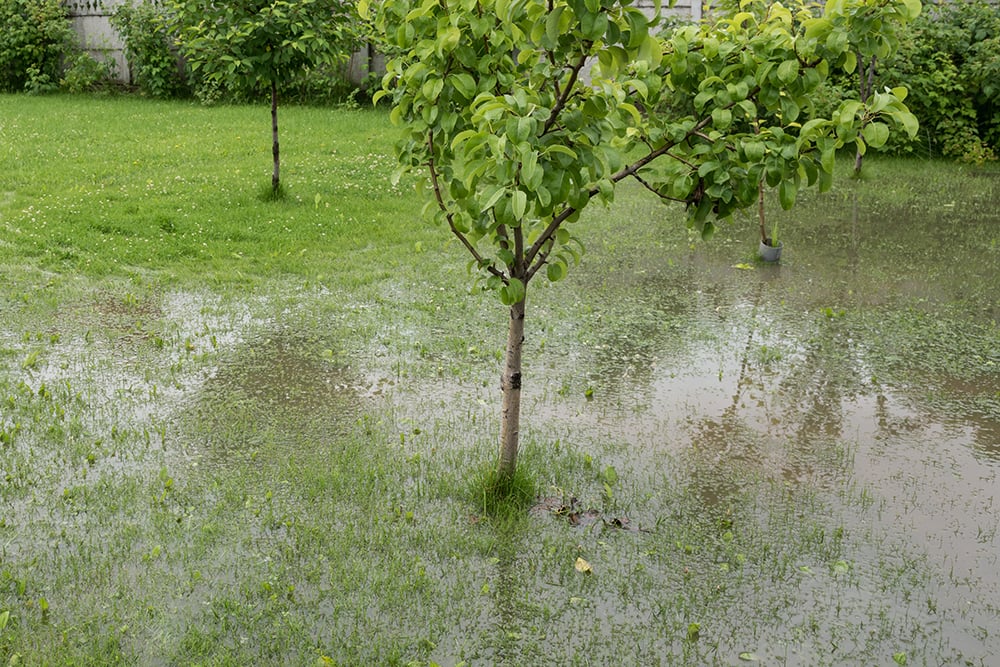
It isn't hard to understand why a dry yard is important. Some of the reasons to consider include:
Too Much Water Kills Landscaping
If your grass or landscaping is drowning in puddles, it will eventually die, leaving empty patches of damaged landscaping throughout your yard.
Dry Yards Are More Attractive
When your yard is wet and covered in puddles, it looks unattractive. The longer the water sits, the more it erodes the soil and kills the plants, to cause small ditches, dead grass, and plants. It can also create foul odors, especially the longer it sits.
It's Less Messy
A wet yard creates a messy, muddy yard. Whenever anyone goes out to the yard, they will bring mud back with them, which further creates a mess in and around your home.
Less Likely to Attract Pests
Nobody wants insects and other pests in their yard. Insects are disease-carrying nuisances you want to avoid. Wet, water-filled yards create an invitation for these pests, including termites–which can cause extensive damage to your home.
Minimizes Risk of Damage to Your Foundation
The closer puddles of standing water are to your home, the more damaging they can be. Standing water can weaken the ground around your foundation and seep into your home, and will damage the walls and floors by creating mold, wood rot, and more. If you have a basement, you can also end up with flooding inside.
13 Ways to Achieve a Dry Yard
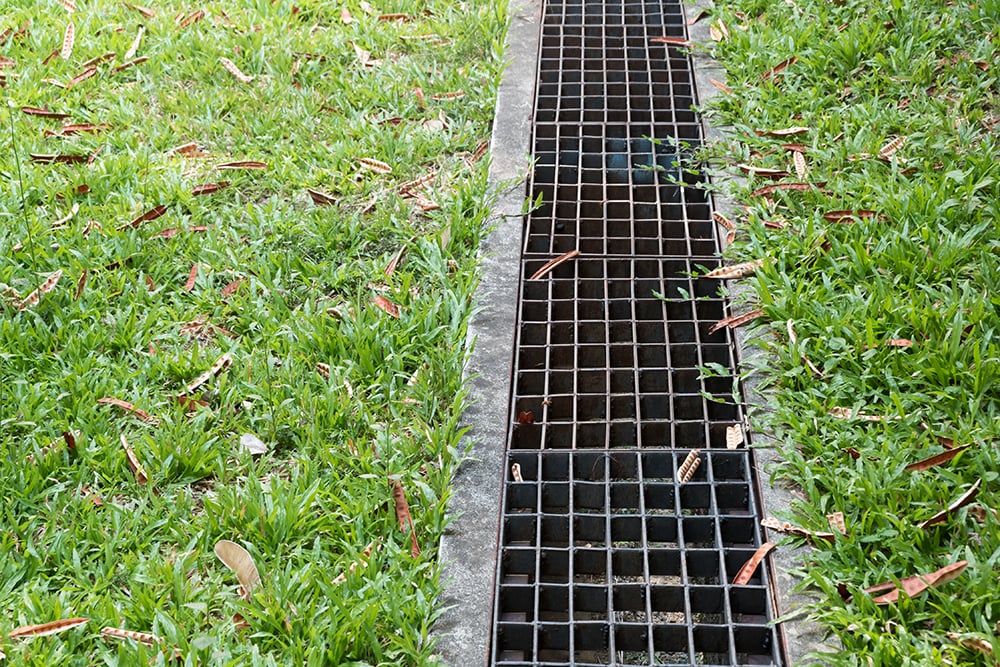
Having a dry yard comes down to ensuring you have the correct drainage. There are many types of drains for yards, including:
1. Fix the Slope of Your Yard
For a yard to have proper drainage, the yard needs to slope away from the home. The slope should be 1-inch per foot of horizontal run to be fully effective. Creating the right slope takes work, so it is a good idea to do research or consult a landscaping expert; otherwise, it will not be effective.
2. Replace Traditional Hardscape with Drainage-Friendly Material
Asphalt and concrete are excellent hardscape materials, but they can also prove detrimental to yard drainage. When used as a hardscape, they can slope towards your home and lead water directly to your foundation. Instead, consider replacing the slabs with crushed or pea gravel. These two materials can act as different types of yard drains, to encourage even drainage through your yard.
3. Install a Rain Barrel
Another drainage option is a rain barrel, which is placed next to a downspout. With a little reconfiguration, you can direct water from the gutter system through the downspout and into the rain barrel, where it will collect to be reused as gardening water. Before choosing this option, be sure to check your area's rules on rain barrels.
4. Add a Trench Drain
Channel drains, also called trench drains, are one of the most effective types of drains for yards. Trench drains can be constructed from various materials and installed on driveways, where water might flow in the wrong direction.
One example is the LandScape Drains Trench Drain which is designed to handle large amounts of water, making it ideal for areas prone to flooding. Water enters the drain channel and is diverted to a designated outlet. The LandScape Drains Trench Drain is made with durable T304 and T316 stainless steel, to ensure that it is sanitary and odor resistant. It also works with the company's clean-in-place technology and has the option of decorative drain covers for a more aesthetically pleasing look.
5. Add a French Drain
French drains are a low-cost option for dealing with surface water. These systems consist of a trench which houses a perforated PVC pipe. The pipe is secured in a mesh sock to keep dirt out, that is covered with gravel. Surface water then trickles through the gravel into the PVC pipe, where it is moved away from the home.
6. Aerate Your Lawn
Aerating your lawn is great for many reasons, including introducing air and nutrients and breaking up compacted soil. It also helps promote drainage, by allowing water to trickle through the holes.
7. Install a Catch Basin
Catch basins are a great option for catching water from gutters and downspouts. Water goes through the catch basin and is transported away from your home. LandScape Drains has a durable, stainless steel Catch Basin that is equipped with a strainer basket to help catch small objects and debris and prevent clogs in the system. The LandScape Catch Basin is also compatible with the LandScape Trench and Slot Drain systems.
8. Install a Slot Drain
Slot Drains are similar to trench drains, but they have slimmer channel openings which do not require a drain cover. They can blend seamlessly with the surrounding ground, to become virtually invisible. The LandScape Drain Slot Drain system is constructed using the same stainless steel as the LandScape Trench Drain and Catch Basin and offers flow rates up to 27 GPM.
9. Build a Dry Creek Bed
Dry creek beds are constructed with various-sized rocks and will help direct water runoff into your chosen outlet, like a swale, catch basin, or to the edge of your property. Creek beds can double as xeriscaping, to create a beautiful feature in your yard.
10. Add Downspout Extensions
Downspouts are part of your gutter system that runs down the side or corner of your house that has a small elbow to keep water from landing near your foundation. Adding an extension is another way to improve yard drainage, and guide the water runoff further from your home.
11. Check Your Gutters and Downspouts
You may not think of them as very important, but gutters and downspouts are critical to drainage. You need to ensure that you have a full set of gutters along the roof, with downspouts coming down the sides. Gutters should be appropriately sized and free from leaves and other debris that could impact water flow.
12. Create a Yard Drain
Yard drains are a system for areas where issues with flooding have been identified. They are passive systems that are designed to move water runoff towards a predetermined outlet, like a dry well.
13. Create a Dry Well
Dry wells are large basins filled with rocks, and installed underground. It acts as a collection point for water runoff and works in conjunction with various different types of yard drains. They are an excellent option for handling large amounts of water runoff that has collected and percolated through the surrounding soil.
Adding Drainage to Protect Your Yard
Nobody wants a wet, muddy yard full of dead grass and plants, which is why protecting your yard from the damaging effects of excessive water is critical. The best and most efficient way to do this is by implementing a form of yard drainage, like one of the many mentioned above. Ensuring your yard has proper drainage will eliminate standing water, allow it to dry more quickly, and will leave it looking beautiful and mud-free. All of these options are effective, so it is important to research to learn which ones are best for your yard's specific drainage problems.
Contact LandScape Drains today to learn more about the benefits of their solutions, like the LandScape Trench Drain, Slot Drain, and Catch Basin, and see what options would be best for you!
